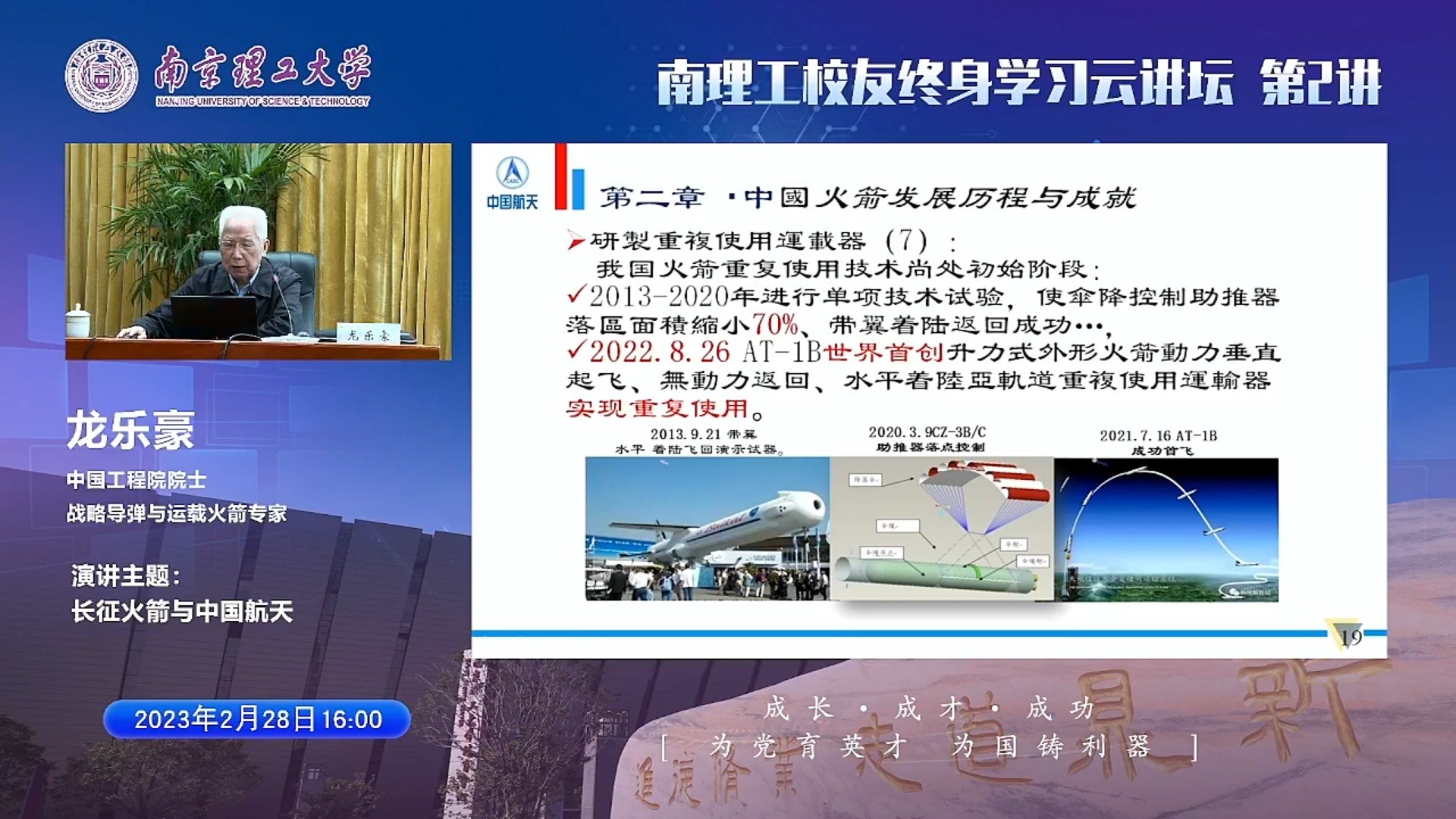one thing we get is that 120t LO/LH is YF-91The CZ-9 design has been changed again!
It changed into 30 * 200t methane/LO2 on the first stage, 2 * 200t on the second stage and 1* 120t YF-91 on the third stage.
Tbh I love this design but the problem is, as many have pointed out, the 200t methane engine hasn't been hot tested but the presentation said "two engines have been hot tested," which is not true.
View attachment 108007View attachment 108009
You are using an out of date browser. It may not display this or other websites correctly.
You should upgrade or use an alternative browser.
You should upgrade or use an alternative browser.
China's Space Program Thread II
- Thread starter Blitzo
- Start date
That is a persistent miss-conception started by SpaceX fans from the first day when Raptor was said to use methane. I'd say it has become a cult and urban legend.It's not just that. Firstly, the most important thing is the lack of coking, which a thing when using RP-1. This is important if you want your engine to be reused dozens or even hundreds of times, which is the case with starship. I'm not an expert on rocket engines, but I know that soot buildup is an issue for regular internal combustion engines, let alone the insane complexity and tolerance of rocket engines or cutting edge full flow staged combustion engines.
Cocking is only a thing for Kerosene if it is a fuel rich circle, not for a oxygen rich staged circle where oxygen can burn anything except the specially coated surfaces. The matter has been thoroughly studied by China before 2017, and I am sure by USSR even earlier when they developed RD-170,180 etcs.
The true advantage of a Methane engine is IF it is a fuel rich circle that avoid the harsh environment of oxygen burning the combustion chamber itself. But full flow methane engine like Raptors and the Chinese 200t are oxygen rich in their oxidizer loops, therefor facing the same problem.
The conclusion was that, there is no meaningful difference.

Last edited:
This is the only design that makes sense if they want to use methane engines IMO. The earlier design of methane 1st stage + LH 2nd stage was nuts as I have said before, it creates a logistic and operational nightmare.The CZ-9 design has been changed again!
It changed into 30 * 200t methane/LO2 on the first stage, 2 * 200t on the second stage and 1* 120t YF-91 on the third stage.
Tbh I love this design but the problem is, as many have pointed out, the 200t methane engine hasn't been hot tested but the presentation said "two engines have been hot tested," which is not true.
View attachment 108007View attachment 108009
Of course using methane for 2nd stage degrades its performance, therefor we see the increase of total mass and thrust.
Another interesting thing is "maiden launch expected 10 years after program start". Whatever the definition of program start, 10 years is a very long time, certainly not 2030. So this design if ever materialize, is not the first CZ-9 to be flown.
Easier to store on what? Kerosene is going to be used in the first stages while on the ground. In those conditions, standard atmosphere and pressure, it is way easier to handle than liquid methane. It might be easier to store in space, but that is besides the point.Thirdly, much easier storage compared to hydrogen and kerosene, since the boiling point of methane and oxygen aren't too far apart.
Surely you jest. You are talking about synthesizing methane out of thin air. It will never be cheap. And it makes no sense on the surface of the Earth.Fourthly, Methane is much easier to get than RP-1. Spacex plans to eventually make whatever methane they need on site using renewables to convert carbon dioxide to methane, on earth and on Mars, instead of the long refining process and supply chain needed to produce RP-1.
You are not going to be using natural gas on it ever. Too many pollutants in natural gas including sulfur. They need to be removed before use on a liquid rocket engine.Not to mention that America is swimming in natural gas anyway. So cheaper and easier. I also saw a old tweet from Elon stating that while Starship is using ultra-pure methane for now, the plan is to eventually have Starship just use regular consumer grade natural gas. So a lot cheaper, just compare the price of natural gas vs RP-1.
Nope. Hydrogen is a lot better. You could make a case that nuclear thermal or electric is even better though.And Hydrogen has a ton of issues too, even if it's perfomance is great on paper, just look at the amount of leaks every hydrogen rocket has.
Given that China has access to PBMR reactor technology, making something similar to the US Project Timberwind nuclear thermal upper stage might not be impossible.
That is another urban-legend just because SpaceX building Raptor. FFSC was firstly built as RD-270 in the 1960s by USSR, not flown because the rocket was cancelled. RD-270 used hypergolic fuel. The reason FFSC was not used in later Soviet engines because LOX/Kerosene was chosen which exclude the possibility of FFSC, not because it is difficult. The Soviets studied methane too and deemed its performance not preferable compared to Kerosene. Yes methane is worse than Kerosene in 1st stage, and worse than LH2 in 2nd stage and above.cutting edge full flow staged combustion engines.
You are apparently talking about common bulkhead tank, not storage in general. It isn't a problem for any kind of fuel. Common bulk head tank has been used by many rocket for decades including SpaceX on Falcon 9 which uses LOX/Kerosene. Space shuttle main tank use it too for LH/LOX, China's CZ-6 (LOX/Kerosene) use it as well.Thirdly, much easier storage compared to hydrogen and kerosene, since the boiling point of methane and oxygen aren't too far apart.
Last edited:
by78
General
The Hongtu-1 (宏图一号) constellation is scheduled to be launched around March of 2023. It's China's first commercial distributed interferometric X-band SAR observation constellation, with a spatial resolution of 0.5 m to 5m and capable of high-precision terrain mapping, high-resolution wide-format imaging, millimeter-level high-precision deformation monitoring, and three-dimensional imaging. Hongtu-1 constellation will be tasked to carry out topographic mapping of the world.

An update and more information on the Hongtu-1 (a.k.a. Nuwa) constellation of observation satellites. It will feature a laser inter-satellite communications network. The first phase will have 38 satellites, with the first four (X-band SAR) satellites to be launched in Q1 of 2023. The remaining 24 will be launchd in 2024 and 2025.





